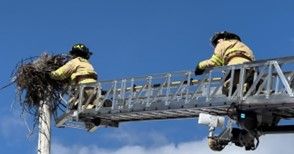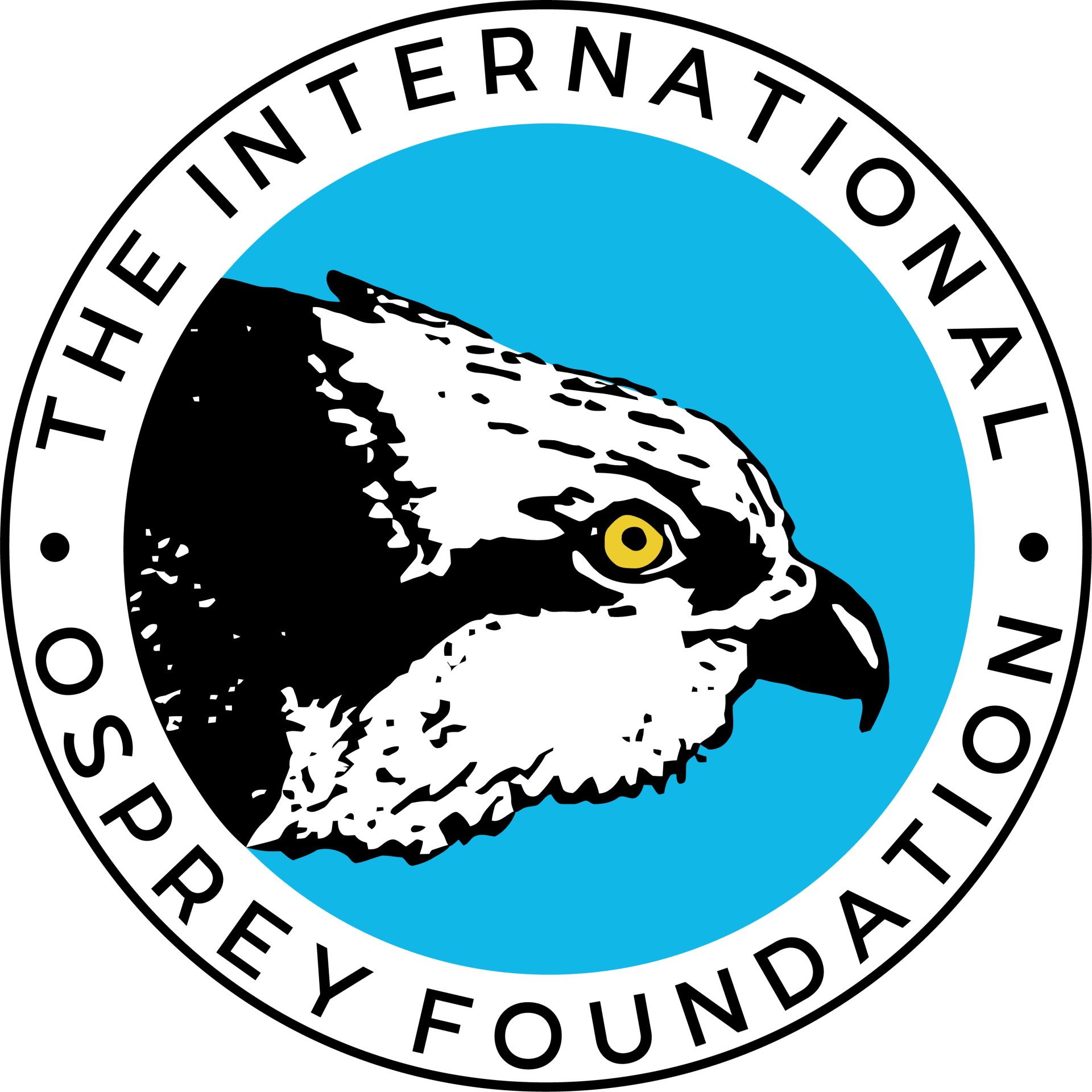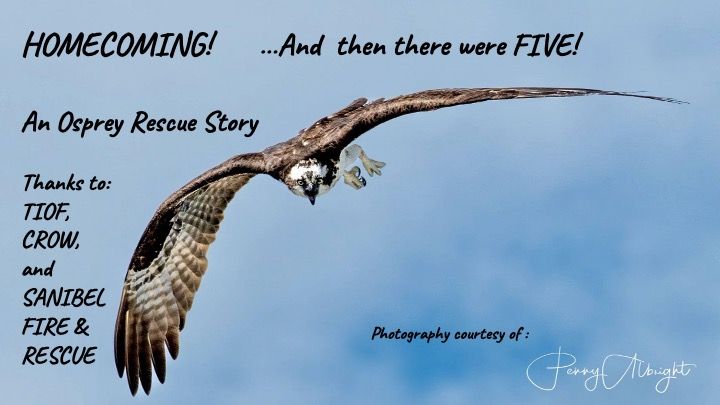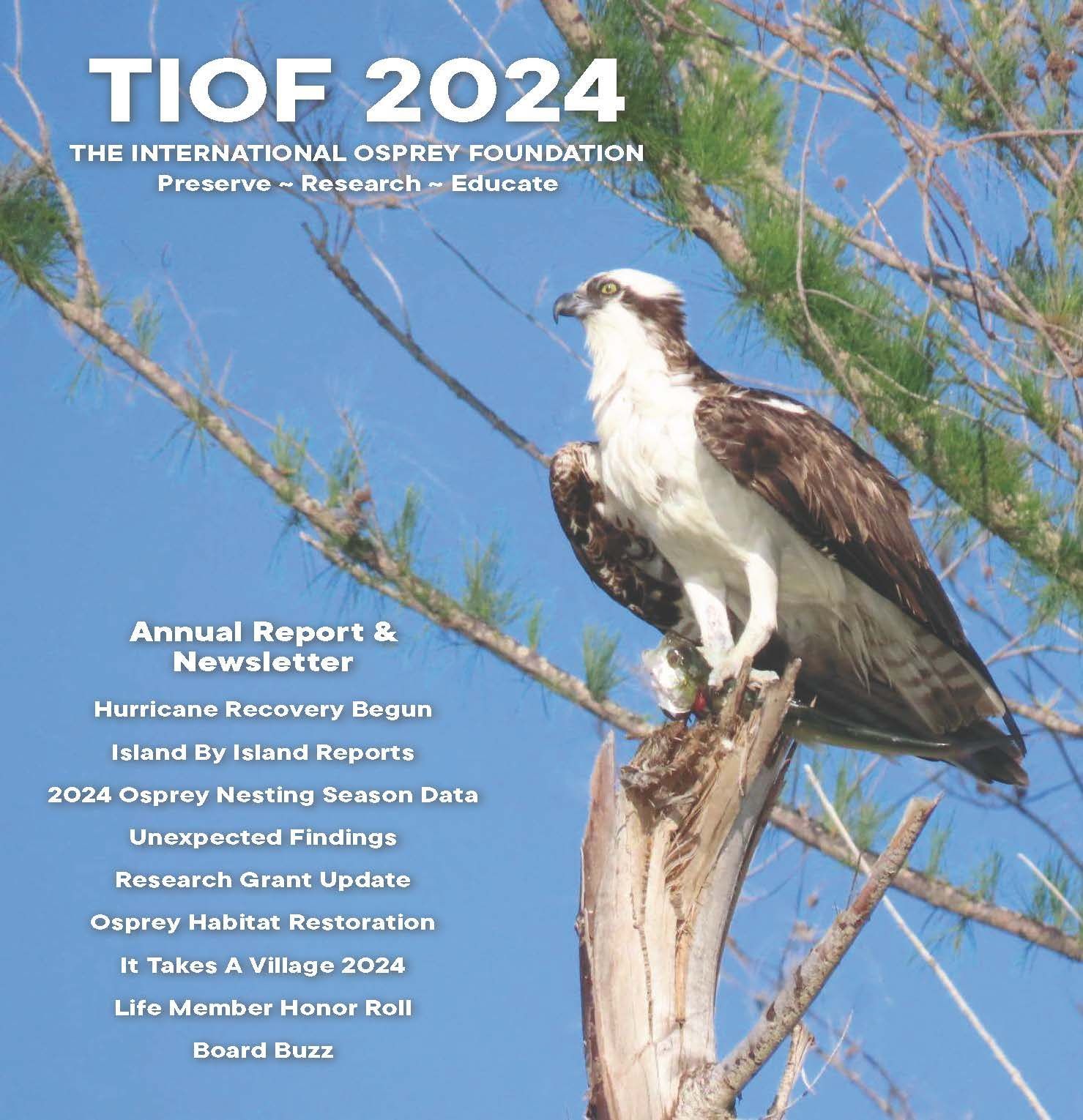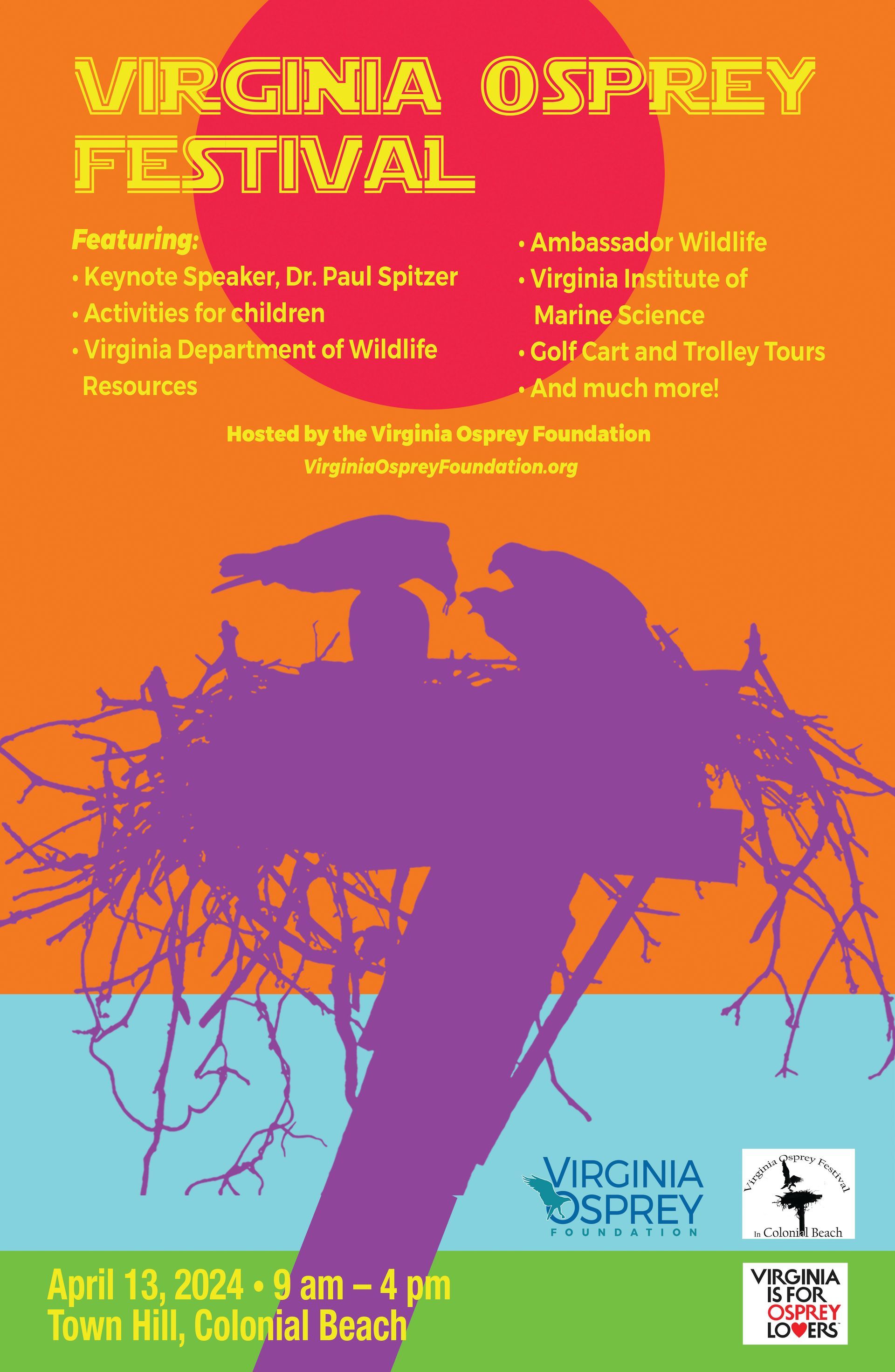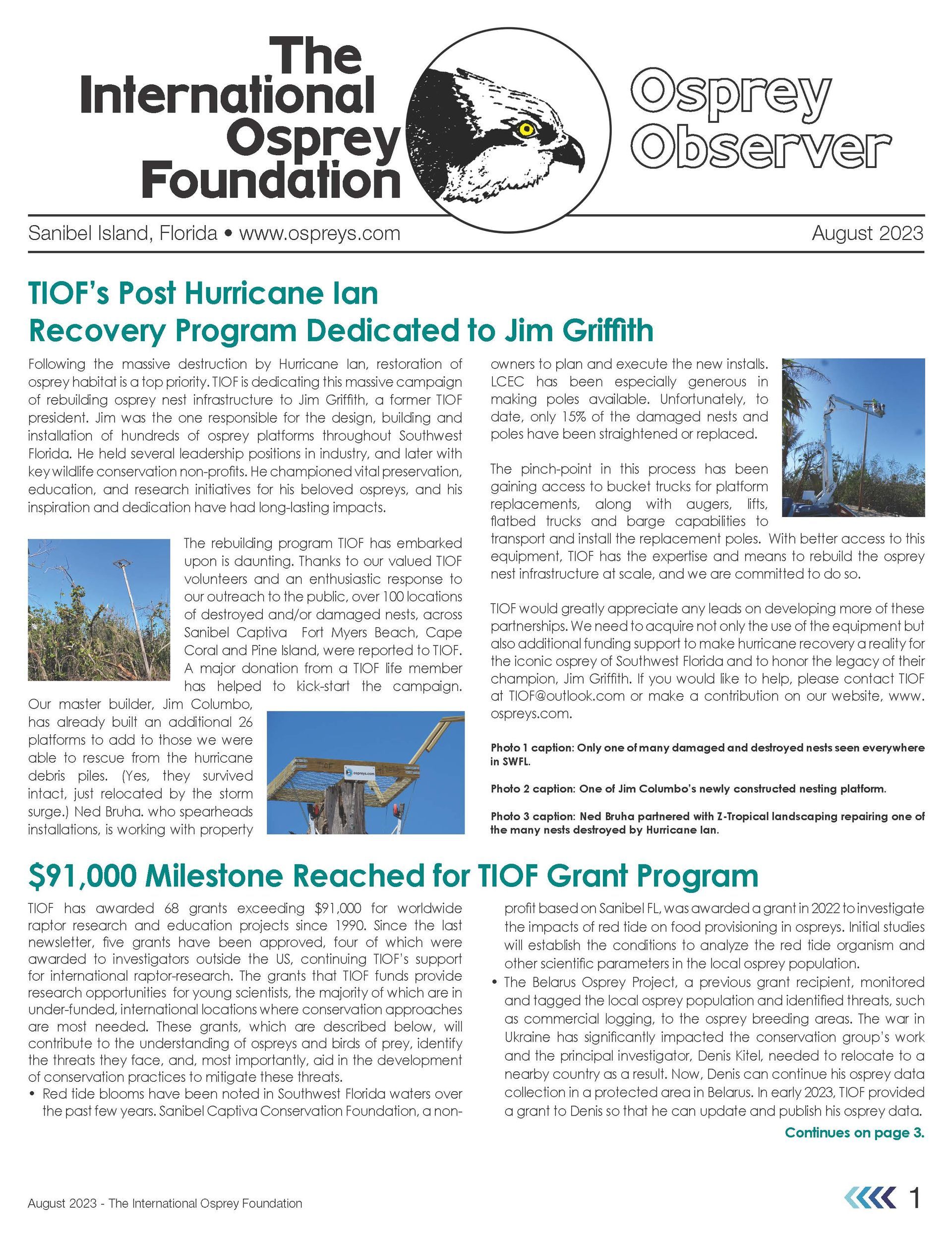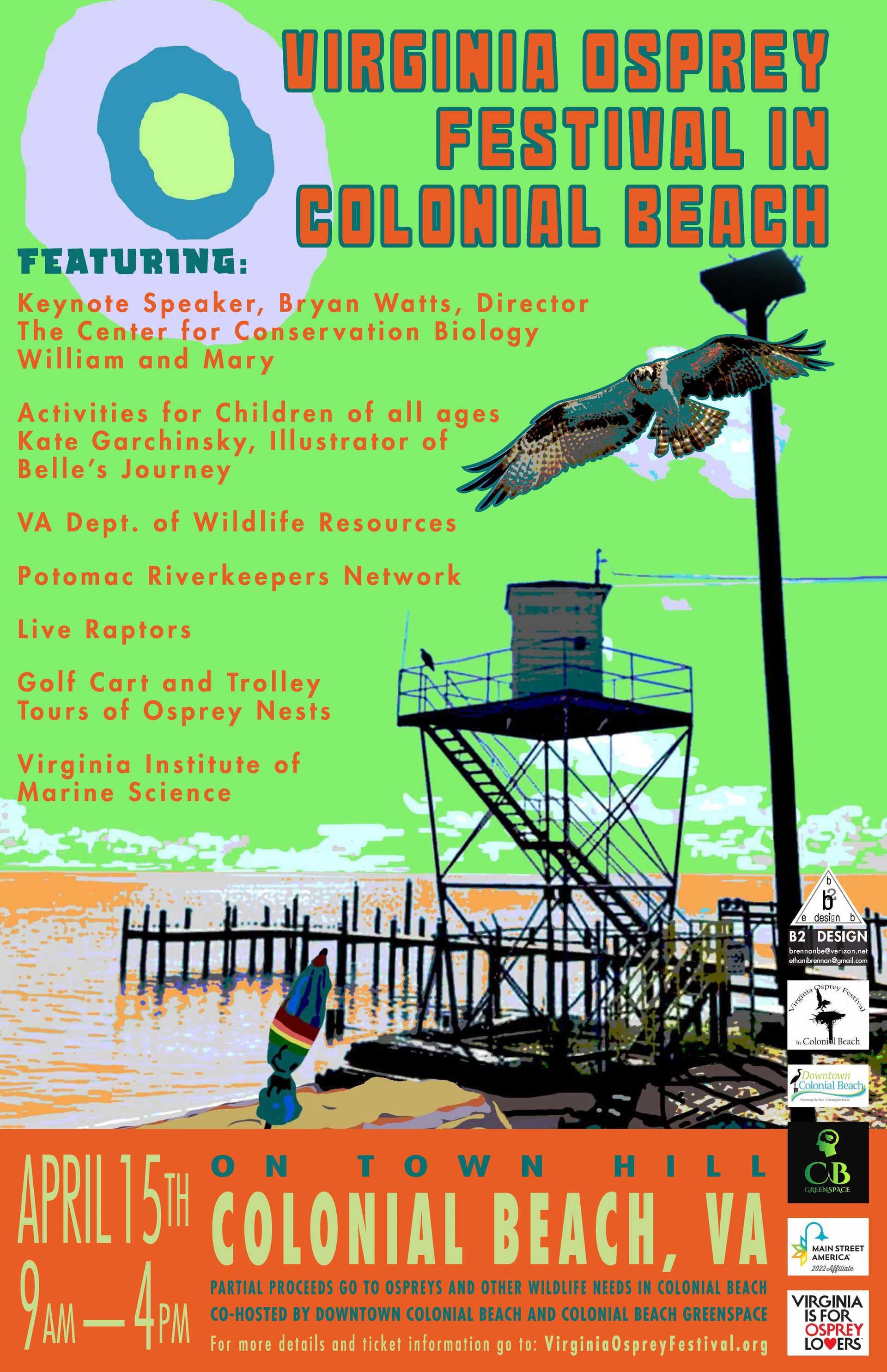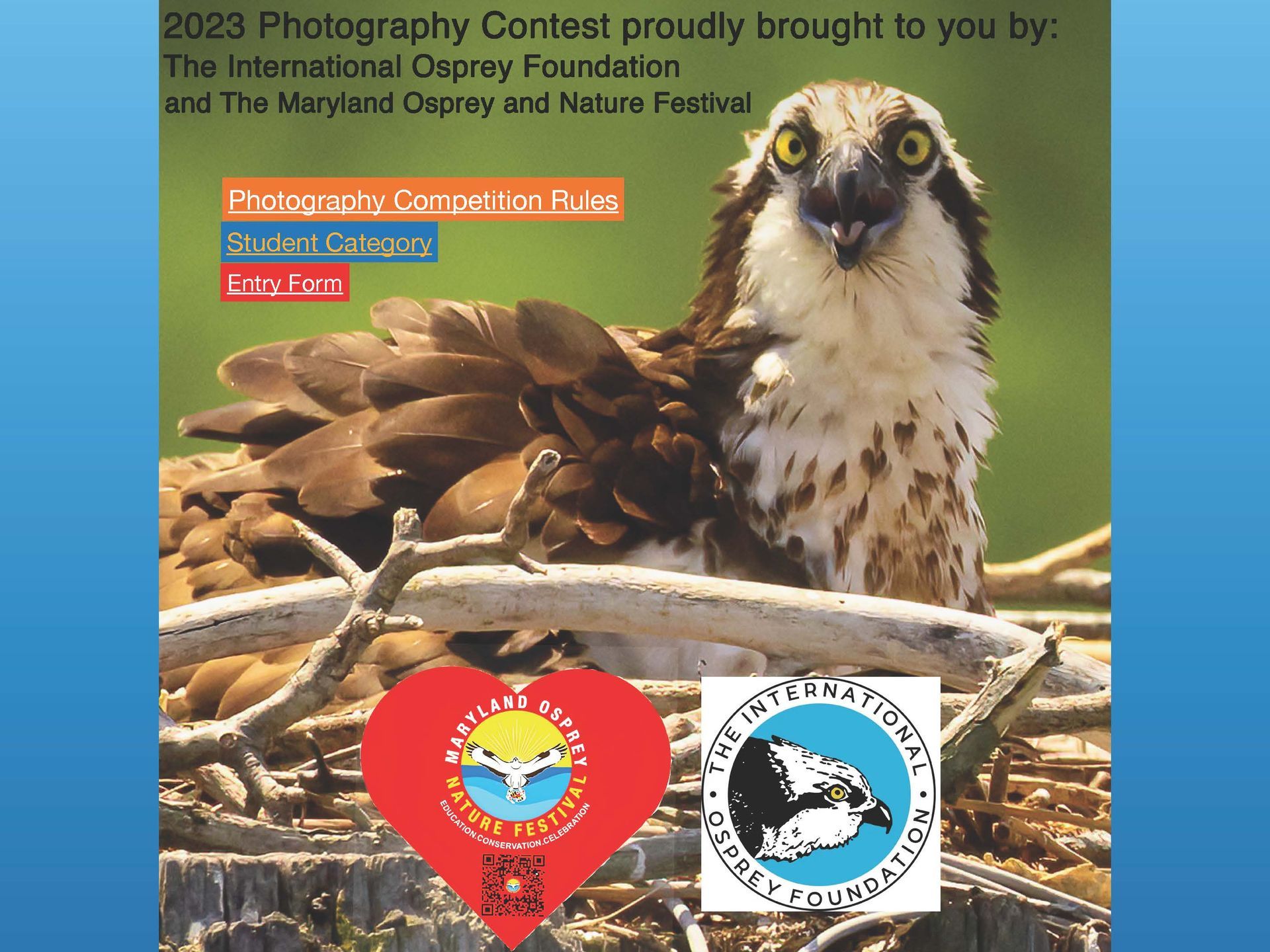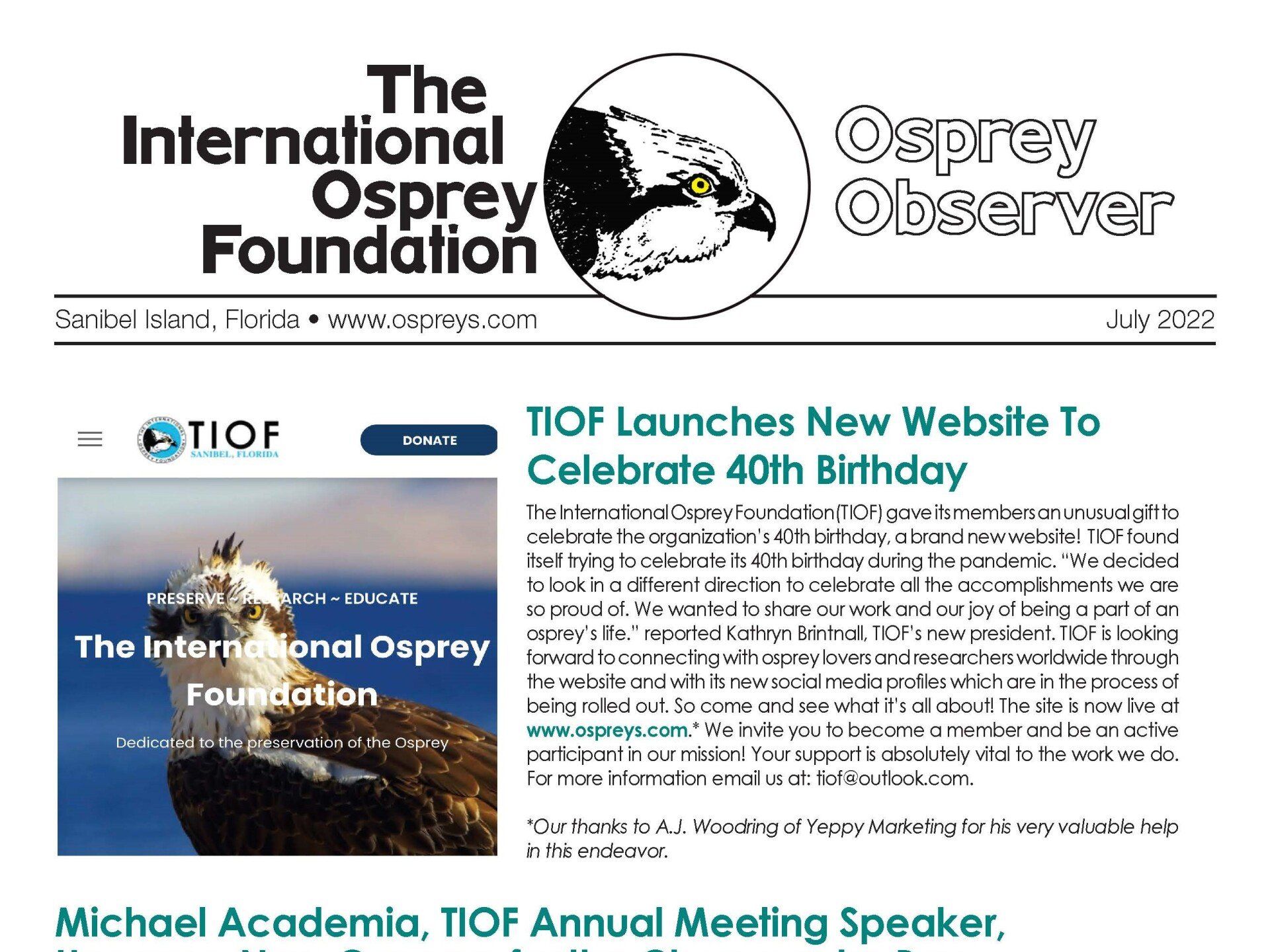Osprey enthusiasts migrate to historic Colonial Beach for annual festival

After a two year in-person hiatus due to COVID-19 restrictions and precautions, Colonial Beach recently held its annual Osprey Festival.
Mayor Robin Schick welcomed the enthusiastic crowd with a sincere and proud proclamation designating the osprey as the official bird of Colonial Beach. Mayor Schick also emphasized gratitude and collaboration as key to the festival’s success.
“What Colonial Beach, along with Joanie and her team have done, is remarkable” stated Kathryn Brintnall, president of The International Osprey Foundation who traveled from Sanibel Island, Florida, to join in the festivities. “Putting on a successful festival of this magnitude is no easy task, hats off to Joanie (and her husband, Barry), the other co-chairs, Joyce Reimherr, Sally Adams and the many volunteers for a job well done” added Brintnall.
Specifically, Mayor Schick and Brintnall were referring to Joanie Millward, volunteer co-chair of the event. “I can emphatically say that everyone genuinely had a great time,” said Millward. “It is because we have a strong volunteer base, great vendors and an impressive lineup of presenters. It’s a strong recipe. And we cannot wait for 2023,” concluded a giddy Millward.
Dr. Alan Poole delivered the keynote presentation via Zoom. With an overflow capacity, the presentation was also streamed live at the local brewery with a sizeable crowd.
A renowned author and leading osprey researcher at Cornell University, Poole gave an inspiring, motivational and informative presentation. He emphasized that the Chesapeake Bay region, to include Colonial Beach, supports the largest osprey breeding population in the world. While the widespread use of toxic pesticides pushed populations of the fish-eating raptor to an estimated low of 1,450 breeding pairs in the early 1970s, a 1972 ban on the pesticide DDT helped populations recover.
By the mid-1990s, an estimated 3,500 breeding pairs were found on the bay and its tidal tributaries. Estimates from the Center for Conservation Biology place the bay’s current osprey population at 8,000 to 10,000 breeding pairs, with the world population at fewer than 100,000 birds. Similar population decline and recovery stories exist for bald eagles, brown pelicans and peregrine falcons.
The amazing rebound of ospreys has exceeded the availability of natural nesting sites. Human-made nesting structures are rarely unoccupied, and ospreys are now nesting on cell towers and lighting structures. This can create conflicts with human values and needs. Poole urged conservation and co-existence awareness.
Given this year’s success, festival goers are already looking forward to next year. “Sign me up, I will definitely be back,” said a happy Sharron and Bobby Shifflett. And who can blame them?
Author: Sal Icaza
Share This Article

